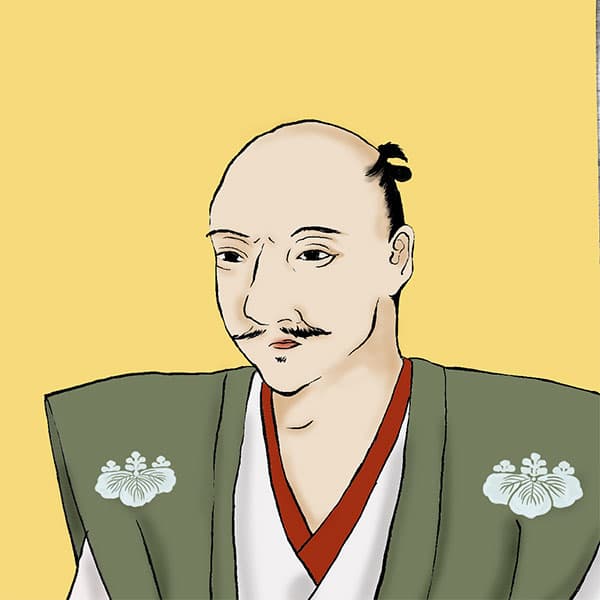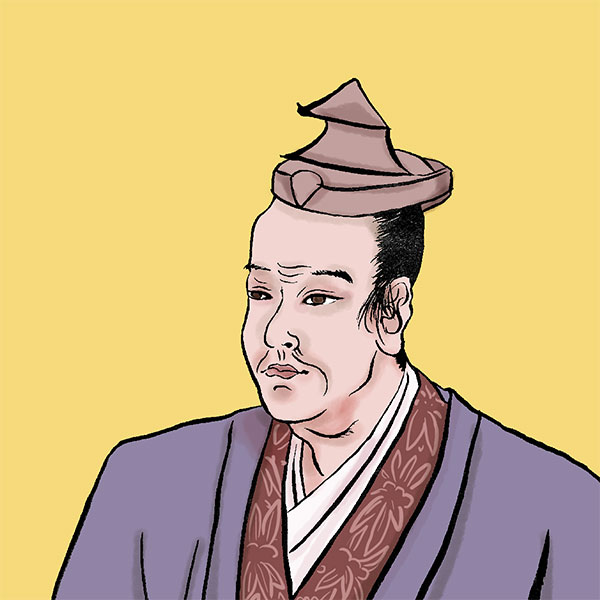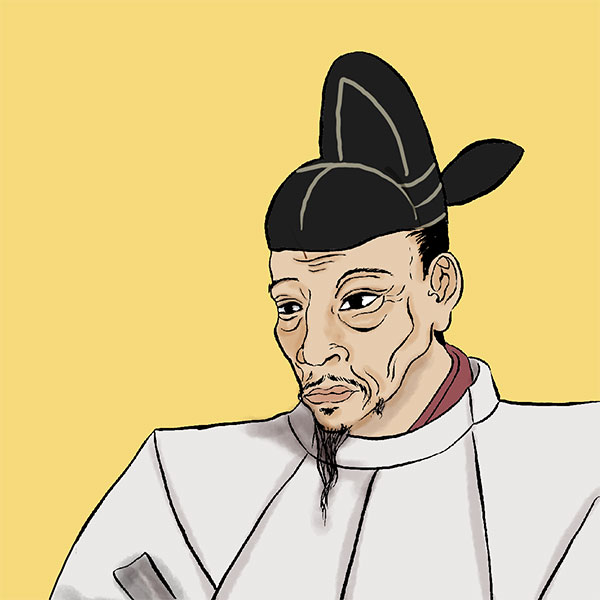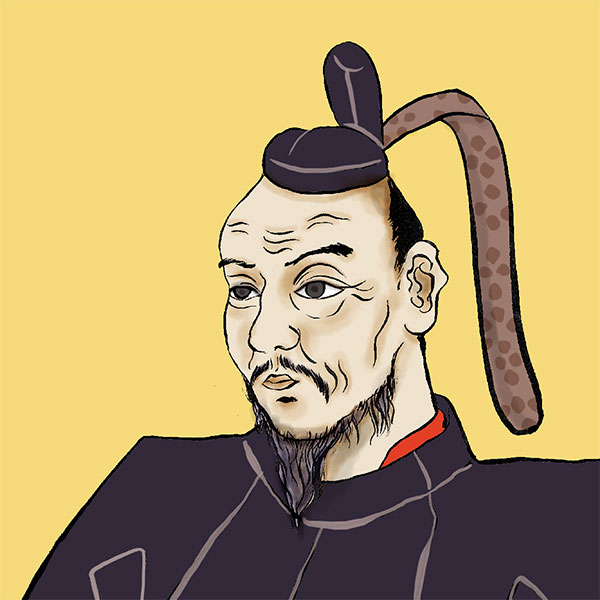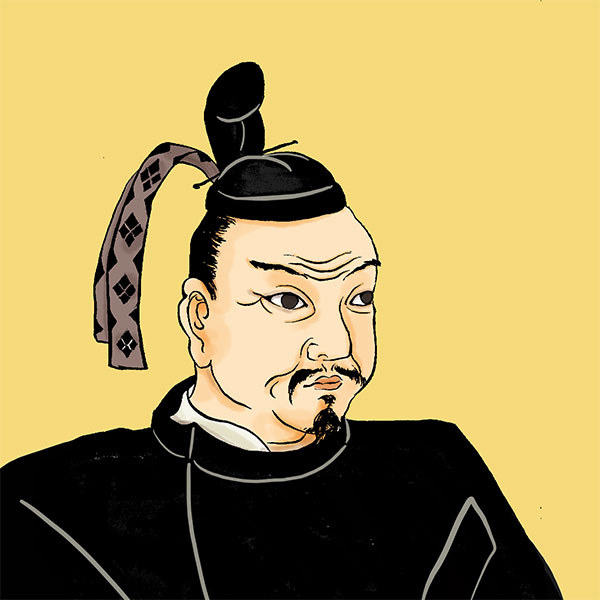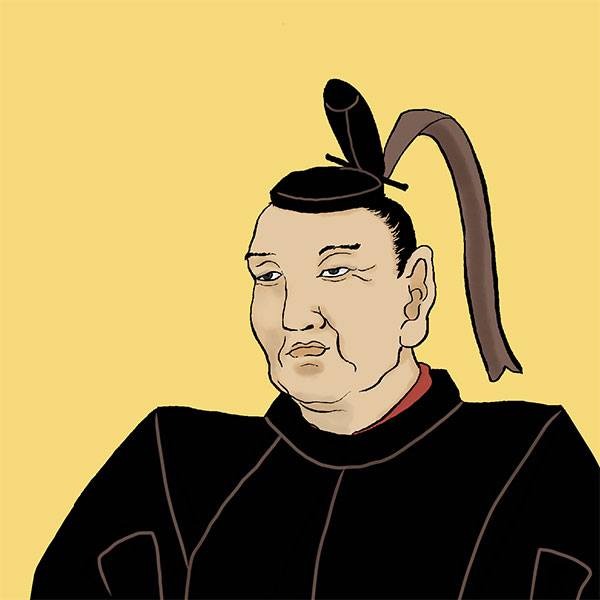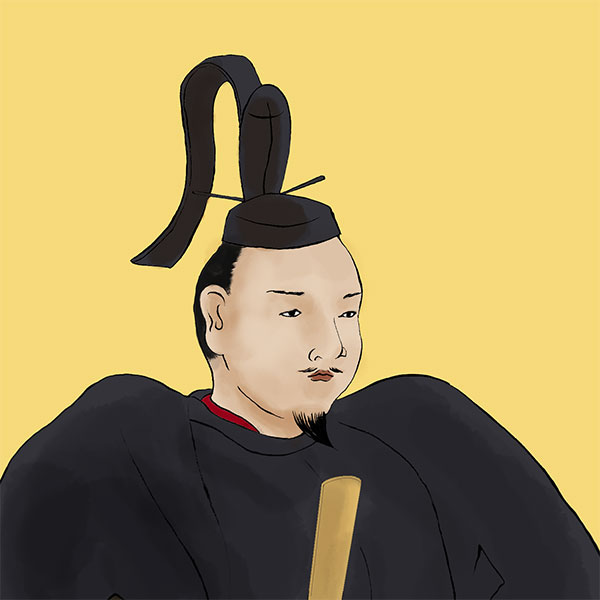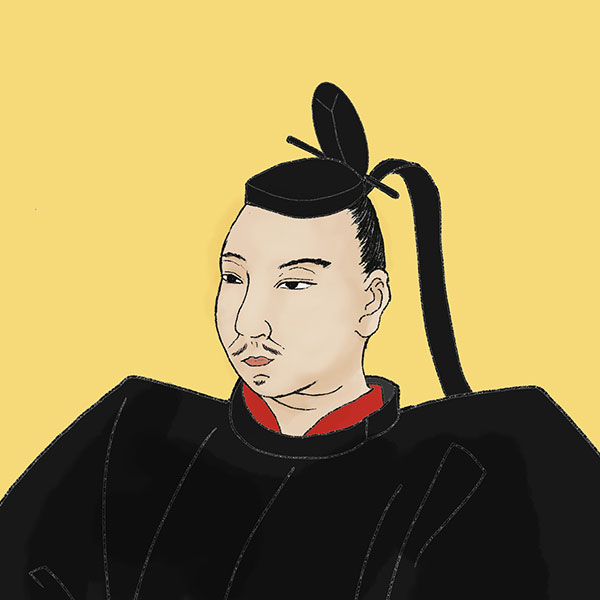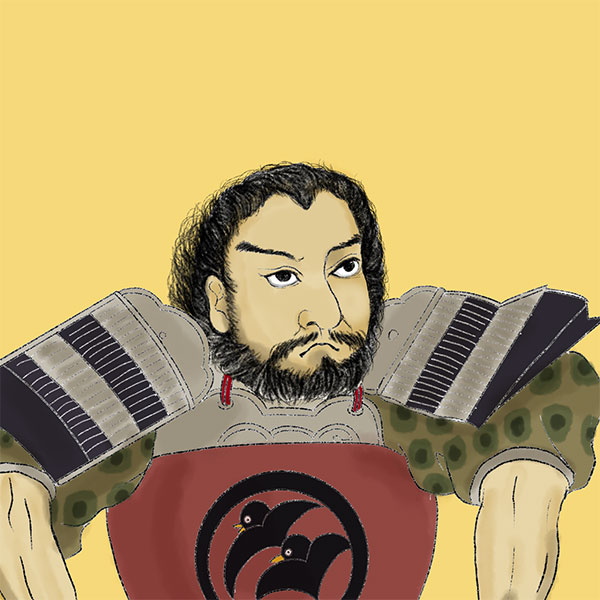Honnoji Incident (2/2)Mitsuhide Akechi rebelled? Oda Nobunaga's death shrouded in mystery
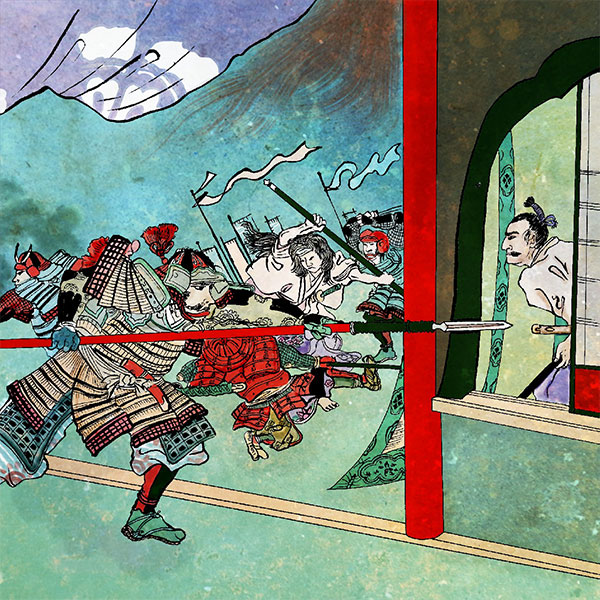
Honnoji Incident
- Article category
- case file
- Incident name
- Honnoji Incident (1582)
- place
- Kyoto
- Related castles

Nijo Castle

Shoryuji Castle
- people involved
- [Grudge theory]
- A theory that has been advocated since ancient times. During the banquet for Ieyasu's visit to Azuchi Castle, Nobunaga was furious because the fish was rotten and removed Mitsuhide from the banquet, and Nobunaga punished Mitsuhide for being lax in the banquet (some references There are also other episodes of punishment at a banquet), and Mitsuhide held a grudge against Nobunaga.
Also, when Mitsuhide attacked Yakami Castle in Tanba Province (Tamba Sasayama City, Hyogo Prefecture), Mitsuhide, who was at a loss, entrusted his mother to the enemy's Hatano clan as a hostage, guaranteeing the safety of Hideharu Hatano and others. Then I surrendered. However, there is an episode in which Nobunaga executed Hatano's party and Mitsuhide's mother was killed. Some historians cite this as the basis for the grudge theory, but the most likely theory is that it was created by a later generation. - [Ambition theory]
- This is also a theory that has been advocated for a long time, and Gyuichi Ota also claims that Mitsuhide killed Nobunaga because he wanted control of the country. According to the ambition theory, Mitsuhide was originally trying to overthrow Nobunaga by secretly communicating with Katsuyori Takeda. Additionally, the episode from ``Atago Hyakuin'' has been cited as evidence for the theory of ambition.
- [Policy conflict theory]
- One theory of policy conflict is that Nobunaga was dissatisfied with Mitsuhide's territory, Omi Province, Sakamoto and Tamba Province, and ordered a change of country by giving him Izumo Province and Iwami Province (according to the Akechi Gunki, established in the middle of the Edo period). There is also a theory that this was caused by the conflict over Nobunaga's change of policy towards Shikoku.
Originally, Nobunaga had a friendly relationship with Motochika Chosokabe, who ruled Tosa Province (Kochi Prefecture) in Shikoku, and Nobunaga gave permission to Motochika, who was aiming to unify Shikoku, saying, ``You can add Shikoku to your territory as soon as you cut it out.'' was doing. However, in 1581, Nobunaga changed his policy due to the Miyoshi clan of Awa Province. The reason for this was that the Miyoshi clan descended to Nobunaga via Hideyoshi, making it possible for the Miyoshi clan's navy to be used to attack Mori in China.
Nobunaga issued a notice to Motochika that he would return Iyo and Sanuki to Nobunaga and give Tosa and the southern half of Awa to Motochika, but Motochika, who had previously obtained permission to cut the area, was naturally not satisfied. did. As a result, relations between the two sides deteriorated, and Nobunaga planned to conquer Shikoku. Mitsuhide, who was acting as an intermediary for Nobunaga and Motochika, was damaged by this. Mitsuhide became related to Motochika, and there were also exchanges among his vassals. Mitsuhide's senior vassal, Toshizo Saito, marries his sister-in-law to Motochika. Mitsuhide could not attack the Chosokabe family. - [Spiritual reason theory]
- This is the theory that Nobunaga and Mitsuhide's personalities were different, that they were worried about the people around them being purged, and that they suffered from neurosis due to stress and were unable to make calm decisions. In some sense, it seems possible that he was mentally cornered by being caught between Nobunaga and Motochika during the Shikoku conquest, and by being punished by Nobunaga, who could be described as the ultimate power-harassing boss.
- [Tyrant subjugation theory]
- This is also a bit similar to the psychological reason, but anyway, Nobunaga was an arrogant, short-tempered, and passionate person who sometimes made cruel and ruthless decisions. It is said that Mitsuhide lost faith in Nobunaga, who had gone against righteousness, due to episodes such as the burning of Mt. Hiei and the slaughter of farmers during the Ikko Ikki, and so he killed Nobunaga for the sake of justice. It's a relatively popular theory, but I think it's too emotional and there's more to it than that. This is a theory that makes you think.
Existence of main culprit/mastermind theory
There are theories that the perpetrator was someone other than Mitsuhide, and that there was a mastermind behind Mitsuhide.
- [The theory that the main culprit exists]
- There are theories such as Hideyoshi Hashiba, Rizo Saito, Ieyasu Tokugawa, and Iga ninja perpetrators. There is also a theory that Hideyoshi set up a fake Akechi army to defeat Nobunaga.
- [The theory of the existence of a mastermind]
- In addition to Hideyoshi Hashiba and Ieyasu Tokugawa, many people (organizations) have been named as the masterminds, including Yoshiaki Ashikaga, the Imperial Court, the Society of Jesus, and Terumoto Mori.
To explain the main one of the two theories, Hideyoshi Hashiba's theory is that after the Honnoji Incident occurred, he returned to Kyoto from the siege of Takamatsu Castle in Bicchu, and the reaction speed of the ``Chugoku Great Return'' was so fast that it was believed that the ``Honnoji Incident'' occurred. This may be Hideyoshi's match pump.'' Regarding Tokugawa Ieyasu, there is a theory that he held a grudge against Nobunaga for having his eldest son Nobuyasu commit suicide in 1579, and that Ieyasu conspired with Mitsuhide when he realized that he was planning to kill Ieyasu. Regarding Toshizo Saito, as I mentioned in the Shikoku subjugation section, he was said to have instigated Mitsuhide in order to protect the Chosokabe family, which he was related to.
The theory behind the Imperial Court mastermind theory is that Nobunaga neglected the authority of the Imperial Court by forcing Emperor Ogimachi to abdicate the throne, and this theory is based on the diaries of court nobles at the time. The theory that Yoshiaki Ashikaga was the mastermind is based on the fact that Yoshiaki and Hideyoshi were in contact. After the Honnoji Incident, which was discovered in 2017, a letter written by Mitsuhide stated, ``I have known for a long time that Yoshiaki would go to Kyoto,'' indicating that the two had been in touch since before the Honnoji Incident. I can guess.
Both theories are true! There is no decisive factor, but the argument is developed by looking for various evidences, which is interesting. There are many books available, so if you are interested, please read them. By the way, in 2020, Fukuchiyama City, Kyoto Prefecture, where Fukuchiyama Castle built by Mitsuhide is located, and a public-private collaboration organization are holding a "50 Theory of the Cause of the Incident at Honnoji General Election", with over 30,000 votes submitted during the approximately one month voting period. votes were collected. The ranking is as follows.
- Tyrant subjugation theory
- Hideyoshi Hashiba mastermind theory
- grudge theory
- ambition theory
- Hideyoshi Hashiba perpetrator theory
- Motochika Chosokabe's involvement theory
- compound theory
- Imperial court mastermind theory
- sudden theory
- neurosis theory
Mitsuhide's "Three Days of Tenka" was defeated by Hideyoshi's "Great Return of China"
This is how Akechi Mitsuhide defeated Oda Nobunaga in the Honnoji Incident. It seemed like they were able to take control of Azuchi Castle and take over the country, but things didn't go that way. After defeating Nobunaga, he appeals to his relatives and allies for cooperation, but Hosokawa Tadaoki, whom his daughter Tama (Hosokawa Garasha) marries, refuses to cooperate by shaving his head along with his father Fujitaka to mourn Nobunaga's death. Mitsuhide tried desperately to persuade him, but he could not get his cooperation. Junkei Tsutsui, who was expected to be on Mitsuhide's side as a powerful daimyo, hesitated and ended up siding with Hideyoshi Hashiba. Meanwhile, Hideyoshi returned to Kyoto, and Mitsuhide ended up fighting with Hideyoshi at the Battle of Yamazaki with 16,000 soldiers.
On the other hand, as for Hideyoshi's actions, as soon as he received the news of the Honnoji Incident on the night of June 3rd (and early morning of the 4th), he immediately called off the attack on Bitchu Takamatsu Castle. After making peace with Terumoto Mori, he immediately returned to Kyoto. He led an army of approximately 20,000 soldiers during the China Great Return, covering approximately 200km in 10 days. Then, on June 13, Hideyoshi, who led an army that had finally swelled to 40,000 people, decided to attack Yamazaki (Kyoto prefecture) in Sakai, Settsu province and Yamashiro province, under the pretext of ``avenging his master.'' He fought with Mitsuhide from Oyamazaki-cho, Otokuni District) to Shoryuji Castle (Nagaokakyo City, Kyoto Prefecture), and successfully defeated Akechi's army.
Defeated, Mitsuhide tried to return to his base at Sakamoto Castle in Omi Province (Otsu City, Shiga Prefecture), but on the way he was killed by farmers hunting down fallen warriors. It is said that he was stabbed with a bamboo spear in Ogurisu, and that he was killed near Daigo, and his head was displayed by Hideyoshi at Honnoji Temple and Awataguchi in Kyoto. In this way, Mitsuhide's reign ended in just 11 or 12 days. This is where the phrase ``Three-day Tenka'' was coined. On the other hand, Hideyoshi later strengthened his presence as Nobunaga's successor, and eventually unified the country.
Reread the article about Honnoji Incident
- people involved

- WriterNaoko Kurimoto(Writer)I am a former travel industry magazine reporter. I have loved history, both Japanese and world history, since I was a child. I usually enjoy visiting temples and shrines, especially shrines, and often do ``pilgrimages to sacred places'' themed around historical figures. My favorite military commander is Ishida Mitsunari, my favorite castle is Kumamoto Castle, and my favorite castle ruins is Hagi Castle. My heart flutters when I see the ruins of battle castles and the stone walls of castle ruins.



